By Louis Cahill
Once you start fishing streamers, you never go back.
If you are a streamer flinger, you know it the first time you tie one on. You huck and duck and strip and the next thing you know you’re spending long whisky fueled nights bent over the vise, building a mound of trimmings as big as your dog. There’s no way around it. You’re hooked.
Everyone who ever threw a streamer has their own theories about what works best. Opinions are strong and divided. Ask any number of “experts” the same question and you’ll get as many answers. That’s actually what I love best about fishing streamers. There are no rules. It’s the most creative form of fly fishing.
That said, here are 18 things that that work for me at the vise. I hope these tips help you tie better streamers and catch more fish.
1. Know your target species
Nothing is more important in fly fishing than making informed choices. That’s as important at the vise as on the river. Knowing the habits and preferences of your target species is the key to tying effective flies. Throw the recipes out the window and know your fish. Nothing beats actual experience, but if you’re chasing a new species there’s plenty to read and folks to ask. I’ll talk more specifically about those informed choices later in this article.
2. Know what your imitating
Not all streamers imitate specific prey, but many do. Knowing the habits and life stages of the food you are imitating will pay off big. Sculpins, for example, will dive into rocky bottoms to hide from trout. A front heavy sculpin pattern which will dive to the bottom when the retrieve is paused can be very effective. Some of the most productive streamers I’ve ever tied were patterned after baitfish I caught on the river. A little time spent sampling baitfish in your home water will be time well invested.
3. Think about action
Action may be my number one concern when I design a streamer pattern. They are all meant to move a certain way in the water. Many of my patterns are articulated with weight at the head. They jig and twitch and swim in the current. Some have long flowing materials that pulse and undulate in the water. Others dart from side to side or wiggle. The action of the fly should do two things. It should imitate some behavior of a prey species, usually in distress, and it should antagonize the hell out of your target species.
4. Get the size right
Size is a topic of great discourse among fly fishermen. There’s no shortage of bravado on both ends of the spectrum. In the end, it’s important to understand the choice you’re making when you tie a streamer of any size. Generally speaking, the larger the fly, the fewer fish it will catch and the larger those fish will be. That statement is riddled with inaccuracy but is fundamentally true. Big streamers do catch small fish and small streamers catch big fish but for every species there seems to be a sweet spot. A fly size that sets the bar at just the right height. This is a personal choice. For me, a trout streamer should be in the 3-4 inch range. Big enough to weed out the S.N.I.T.S. but small enough to pose as an easy meal to a wise old hog. A 20-inch trout is plenty capable of eating a 10-inch fish, but he will do so less often than he will eat a 4-inch fish. For a musky your fly may be 8 inches or larger. Know you target species.
5. Build bulk without extra material
Too many tiers think the answer to tying better streamers is in packing on material. More material does build a bigger profile but at a cost. The more material you use the harder your fly will be to cast and the more it will float. Put more weight on it to get it down and it’s harder still to cast. My streamer tying changed fundamentally when I started swinging flies for steelhead. Good steelhead flies build juicy profiles with minimal material and so do effective streamers. For example, palmering marabou over hackle creates a chunky profile that’s hollow. Reverse tying hair, craft fur or synthetic fibers does the same. Spinning fibers in dubbing loops creates bulky forms that undulate in the water. Build your bulk with technique, not more material.
6. Choose the right materials
There are three primary considerations I use when choosing tying materials. Movement, buoyancy and tying characteristics. I always want materials that give me the maximum movement in the water. How the material moves and the profile I can create with it, usually depends on how that material responds to different tying techniques. For example, you should know whether or not a given type of hair will flare when the thread is tightened. Knowing the buoyancy of your material is hugely important. Not only in tying flies which will get down to the strike zone but knowing how they will effect the way the fly swims. (More on that in a bit)
7. Don’t be afraid of flash
Lots of anglers will disagree with me on this but, in my opinion, there’s almost no such thing as too much flash. Not every streamer I tie is flashy but the ones that are will blind you and they wreck fish. I’ve had friends laugh out loud at some of my patterns, then beg me for one by lunch. Go for it.
8. Use weight
Another controversial topic. Weighted streamers vs. unweighted. I’ll give you three reasons I like to weight my streamers. Lots of big fish hold right on the bank. Especially undercut banks. If you fish an unweighted streamer with a sinking line, the fly is 10 feet off the bank before it gets down to a good fishing depth. That means you make your least effective presentation to the most productive water. I like to get in their face ASAP. Secondly, aggressive fish eat flies that move. Often a pause in the retrieve will turn a fish off. A weighted fly never stops moving. When the lateral motion stops, it dives. No stop to turn fish off. Lastly, on most rivers I can fish a weighted fly effectively on a floating line. Floating lines are easier to cast than sink tips and they give you the option of changing the direction your fly swims by mending the line. All of my streamers are weighted.
9. Use Contrasting colors
Contrast brings a fly to life. Flies that are all one color don’t look natural and they don’t grab fish’s attention. Contrast also enhances the feeling of motion. This is especially important in stained water and in low light when fish vision sees mainly contrast. Two tone flies are always more effective.
10. Turn your hooks up
Big fish use cover. Fishing to them effectively means putting you fly into places it might not come back from. Flies that swim with the hooks pointed up will slither over submerged trees and rocks without hanging up. Many tiers think that you can turn a fly hook up with weight but that’s not true. Simply tying lead eyes on the top of the hook will not turn the fly over. The secret is buoyancy. When you choose your materials and decide how they will be tied in, always consider their buoyancy. Tie your most buoyant materials on the same side of the hook as the point and they will always swim hook up. This is especially important when tying in tails. It’s a pain to tie tails to the bent side of the hook but it’s crucial. I learned this from tying bonefish flies.
11. Use the right hooks and hook placement
There are several things to consider when choosing and placing hooks. You want a hook that’s strong enough to fight fish with authority and take a beating on rocks. You don’t want a hook that is so big it harms the fish, especially with trout. For fish with hard mouths, like musky and pike, a hook that is too heavy makes good hook sets impossible. For trout I most frequently use size #2 and #4. Use good quality hooks. I like Gamakatsu and Owner hooks. There is also shank length to think about. In articulated patterns I’ll use a long shank in front, to build the body on, and a stinger in the back. For flies with a single shank, I usually use long shanks. Hook gap is important too. If I’m building up a bulky head, I’ll use something like a Gamakatsu B10s with a large gap to be sure the fish gets the point.
Where you place your hook goes back to knowing your target species. Trout, for example, will nip at the tail of a fly. I always place my hook as close the the tail as possible in my trout streamers. This means articulated patterns with stinger hooks and short tails or trailing hooks tied into rabbit strips. Species like barracuda and musky will swing wide and hit the fly from the side, usually biting the middle of the fly and letting the ends hang out of their mouths. I place the hook in the center of the fly for these fish. Species like bass which are big suction feeders will inhale the entire fly. The hooks can go toward the front for them.
I like a hook with a straight eye, at least on the front hook where the fly is tied to the leader. There are a couple of applications where I will use a trailing hook with a turned up eye. Like when I tie a fly with a long tail made up of rubber legs and flash. I’ll drop a bare stinger hook back into the tail by a single strand of 30 pound RIO hard mono. This is stiff enough to keep the hook inside the materials. I use an Owner bait hook with a turned up eye. I thread the hard mono through the eye then burn the end to make a ball and lash it to the hook with thread and super glue. It rides straight and solid.
12. Keep them from fouling
Hucking big streamers is often not graceful. Funky loops happen and that means you are at risk of fouling an articulated fly or a fly with a long tail. It pays to build in some safeguards to help prevent this. Running a monofilament loop through a bunny strip tail is pretty effective as is applying some super glue to the first quarter inch of the tail, where it meets the hook. If you are tying articulated patterns and attaching the rear hook with a mono loop, putting beads on the loop will help. I usually cut the bend off of the front hook on these types of flies, which makes a huge difference.
13. Use markers
You can add all kinds of color and lifelike markings to your streamers with permanent markers. Par marks can be really effective as they make the fly look natural and enhance the feeling of motion. Shad spots at the gill plate look great too. Using a marker of the same color as the material makes a great look. Dark green bars on a lighter green back, for example.
14. Use goo
There are tons of creative uses for Clear Cure Goo. Hard heads, transparent bodies, hollow hair heads and lifelike body shapes to name a few. It’s also my favorite method for attaching eyes.
15. Use eyes
Eyes make any baitfish pattern better. I truly believe they are a powerful trigger for predatory species. I use three basic types. Metal eyes that are painted to look like eyes. Fast and easy if not as good looking. Metal eyes made to accept glue-in eyes. These add weight and look awesome but limit you on the size of eye you can use. And lastly, glue-on eyes. These are the best looking option but you have to build the weight in elsewhere. These are especially good on flies with hair or wool heads. The Clear Cure eyes are my favorite and attaching them with the Clear Cure Goo couldn’t be easier.
16. Tie variations
If you have a pattern that’s effective, tie it in several different weights and color variations to fish in different conditions. Lighter colors and weights for clear and low water and darker heavier versions for low light and high water. Try black and white versions when the water is heavily colored. Maybe add bigger heads or rattles to help fish find your fly when the water is stained.
17. Tie them to last
Streamers mean heavy tippet and often fewer lost flies. I may fish a single fly several days. It’s getting pounded on rocks and chewed on by fish so I want it to be tough as nails. Use quality hooks and materials that hold up well. I use brushable superglue on thread at stress points to keep sharp teeth from cutting through. There’s nothing worse than having a hot fly fall apart.
18. Be creative
The fun in tying and fishing streamers is that there are no rules. Experiment. Show the fish something that is uniquely yours. All of the tips in this article are just guidelines. Things that I have found to work. That doesn’t mean that you will not find your own methods that will be even more effective. There’s nothing better than catching fish on a fly that you created. Get out there and let ’em have it!
Louis Cahill Gink & Gasoline www.ginkandgasoline.com hookups@ginkandgasoline.com Sign Up For Our Weekly Newsletter!
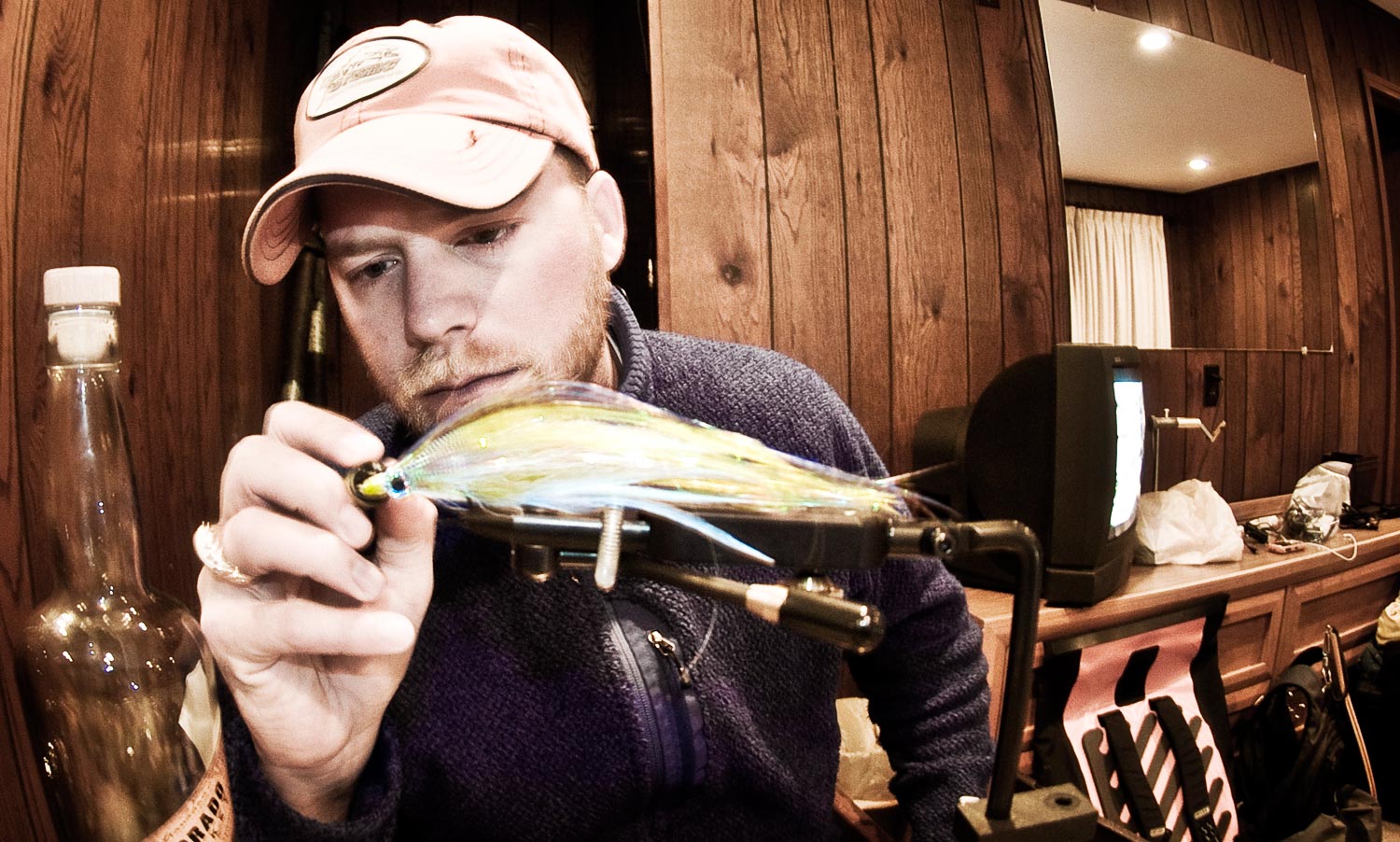
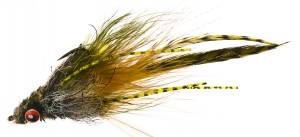
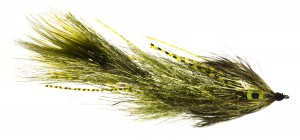
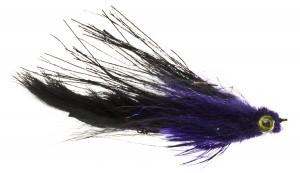
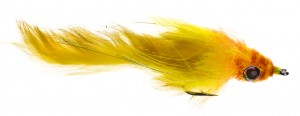
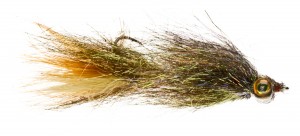
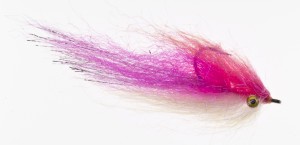
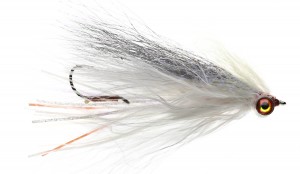
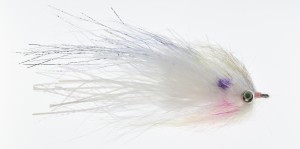
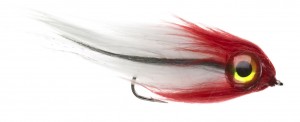
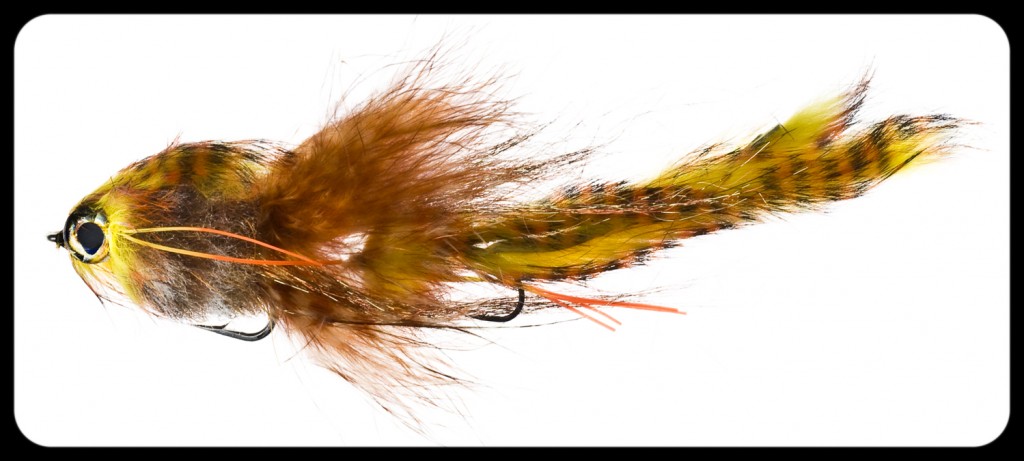
this makes me think about how id love to see an article dedicated solely to hooks, and hook selection in fly tying. soo many hooks to choose from! what are they all for? beats me half the time! great article on streamer tying. adding bulk without adding material is my weakness! keep it up
THis is a great post – thanks!
I’d rather fish a streamer than anything else and your tips are not only great for tying them…but great for pickin gout streamers someone else has tied in a fly shop.
All streamers and all streamer techniques work at sometime or another. Our job is to experiment and find the best retrieve and pattern for that day and place. Also, when streamers are working, i like to switch flies every 2 fish. This helps you gain confidence in new patterns.
Question for Larry. Do you mean change the same fly to a new one every two fish…..or, change to a new pattern?
New pattern, so you can gain confidence in other patterns when fishing is good.
Thanks! Drove by you a couple of weeks ago on the Provo. Tenkara!
13′ Tenkara rod with bounce nymphing terminal rig. Works like magic!
I thought the comment on catching baitfish to mimick them was a great idea. How do you go about doing that on the river?
Well, it’s not easy. I’ve done it with a seine and with a fly, by accident. The easy way would be with a cast net but check the local regulations first!!! You could end up in hot water.
Looking for some advice on leader selection when streamer fishing. What kind of leader do you use or build – length and does it matter when using a sinking line vs floating line? Thank you for the advice.
Experimenting is key.
With smaller streamers I use straight mono or fluoro (if faster sink is desired). 8lb fluoro is my typical trout streamer leader. With sink tip line I go with 4-6′ Floating, it depends on the water column I’m targeting.
Larger or weighted streamers I use a butt section of stiff mono, 2-3′ long, 10 or 20 lbs connected to a lighter line 2-3′ long. Typical set up with a 3-4″ streamer for me is 10lb mono, tippet ring (works great for connecting mono to fluoro) and 8lb fluoro.
I spin fish too and started using line from the various spools I have accumulated and found that streamers and large deer hair surface “poppers” turn over just fine with the right line or two line leader.
I use tapered leaders only when a really subtle presentation is needed, dries for example, or multi fly set ups (swinging a wet fly and soft hackle).
Great advice.
Pingback: Tippets: Frank Moore Interview, Tenkara Casts, Tips for Better Streamers | MidCurrent